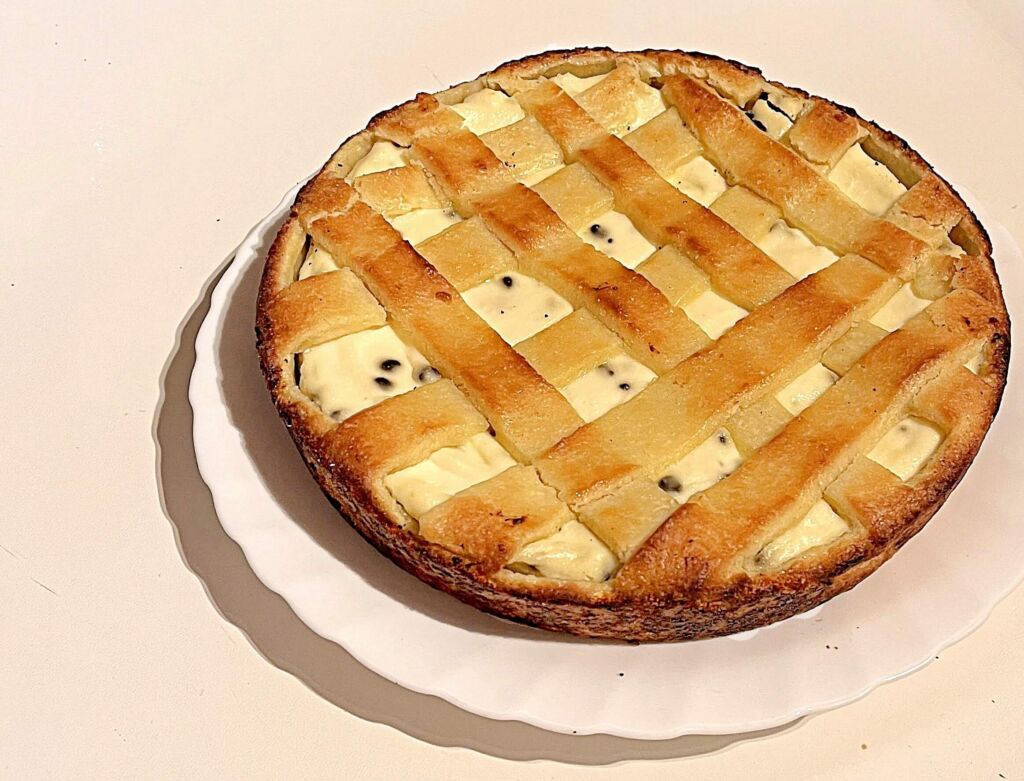
crostata di ricotta con cioccolato
I’m beginning to notice that Italians put ricotta cheese in every dessert. And I love it! It adds such a light, creaminess to every crostata, cake, torta, ciambella, plumcake, or tiramisu. What’s even better, this ricotta crostata with chocolate couldn’t be easier to prepare.
Of course, using a store bought crust would make it silly simple, but I want to take the intimidation out of homemade pie and tart crusts. There is no mixer or special equipment necessary to make this pasta frolla, or sweet shortcrust pastry dough. It’s simply made with a few ingredients and your two beautiful, strong, capable hands.
You’ll often see ricotta crostata with chocolate chips served at Easter. But it’s so tasty that I can’t wait to only eat it once a year. I want it now!
Let’s start with the crust. I get it, pie and tart crust can get overwhelming. All butter or some shortening? Eggs or no eggs? Cold butter or melted butter? Baking powder or yeast? Vinegar? Vodka? It always feels like there are a lot of rules, some written and some mysteriously unwritten. Are some of the rules OK to break?
I’m not here to answer any of these questions. I just know that this pasta frolla recipe works.
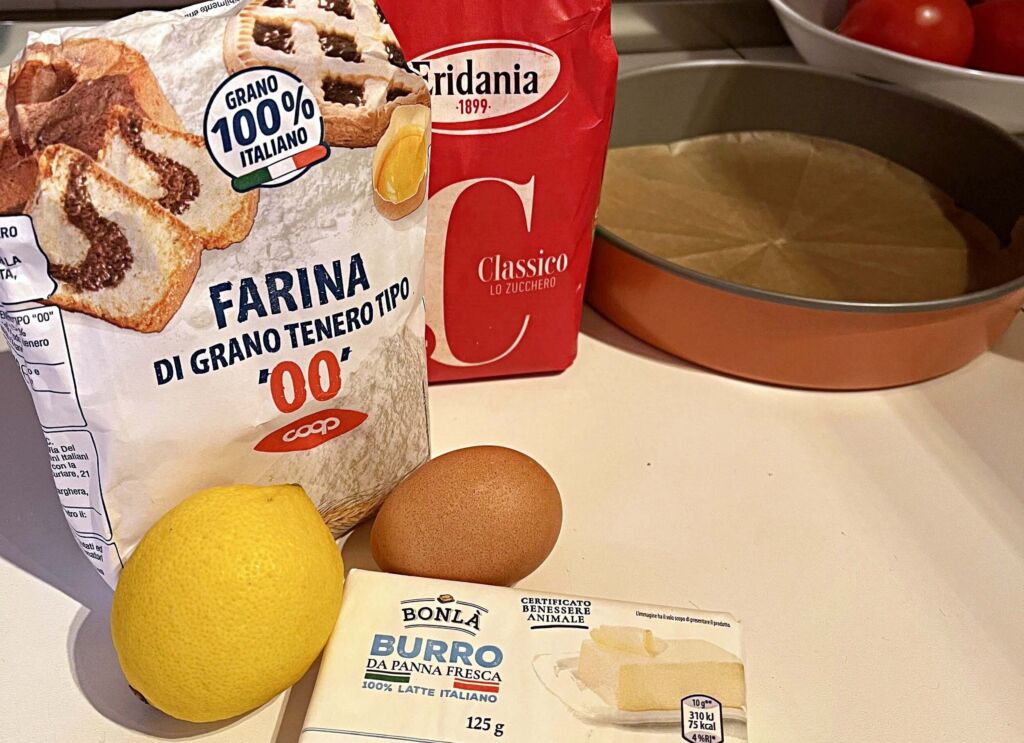
Ingredients
Pastry Dough – pasta frolla
- Flour – type 00
- Sugar
- Pinch of salt
- Butter
- Egg
- Lemon zest
Crostata Filling
- Ricotta cheese
- Sugar
- Egg
- Orange zest
- Chocolate chips
Pasta frolla is essentially a sweet shortcrust pastry dough, made with flour, butter, sugar, and eggs, similar to the French pâte sucrée. I love that it uses simple ingredients, most of which you probably already have in your fridge and pantry.
Sometimes it is made with just the egg yolks. But any time I can avoid separating eggs, I do. Mostly because I’m lazy and don’t want to find a use for the other half of the egg. Especially if I don’t notice a huge difference in the end product. I’m always trying to find ways to simplify my culinary adventures, of course without sacrificing on taste.
Step by Step
Shortcrust Pastry Dough
Pie crusts are super easy to make in a food processor. I don’t have one, so I make it by hand which also is quite simple. The key is working quickly to not let your hands and fingers warm up the dough.
Homemade tart crust made by-hand starts by putting the dry ingredients in a large mixing bowl – type 00 flour, granulated sugar, and always a pinch of salt in baked goods. Then add in the cubed butter and using just your fingertips, work the butter into the flour mixture, squeezing and crumbling and tossing everything together so it all becomes broken up. Work quickly to get the butter incorporated. The mixture should look sandy, and the butter should be pea or pebble sized.
Then add in a lightly beaten egg and the lemon zest. Continue to gently incorporate all the ingredients with the fingers until large clumps form and the dough starts to come together. We don’t want to overwork or overmix. Even before it’s all combined, dumb the contents of the bowl onto a work surface. It’s OK if there’s still loose flour and small crumbs.
Gather everything together and work the dough into a ball, getting all those small bits incorporated and doing just a light, gentle knead if necessary to smooth it out. Pat the ball down into a disk; this will help it chill faster and will be easier to roll out later. Wrap the disk in plastic wrap and refrigerate at least 30 minutes and up to 12 hours (the dough can be made the day before).
Ricotta Crostata Filling
If your container of fresh ricotta is liquidy and has extra whey, drain it first before using. Whisk together the ricotta, sugar, egg, and orange zest until smooth. Lemon zest could also be used here. I then fold in some chocolate chips. Milk, semi-sweet, or dark chocolate chips would work. Even chopped chocolate chunks. That’s it for the filling – easy as that! Just pop the ricotta mixture in the fridge until ready to fill the crust.
Ricotta Crostata Assembly
Take the crust dough out of the refrigerator about 15 minutes before you’re ready to roll it out to allow it to soften slightly. Unwrap it, leaving the plastic wrap under the dough and place another layer of plastic on top of the dough. Rolling out pie crust in between plastic wrap avoids it sticking to your work surface and allows for an easy transfer of the dough to the pan.
Naturally I don’t have a rolling pin in this tiny kitchen, so I found an object that looks similar in shape – a wine bottle! This works perfectly to roll out my dough, and I get it to about 4mm thin.
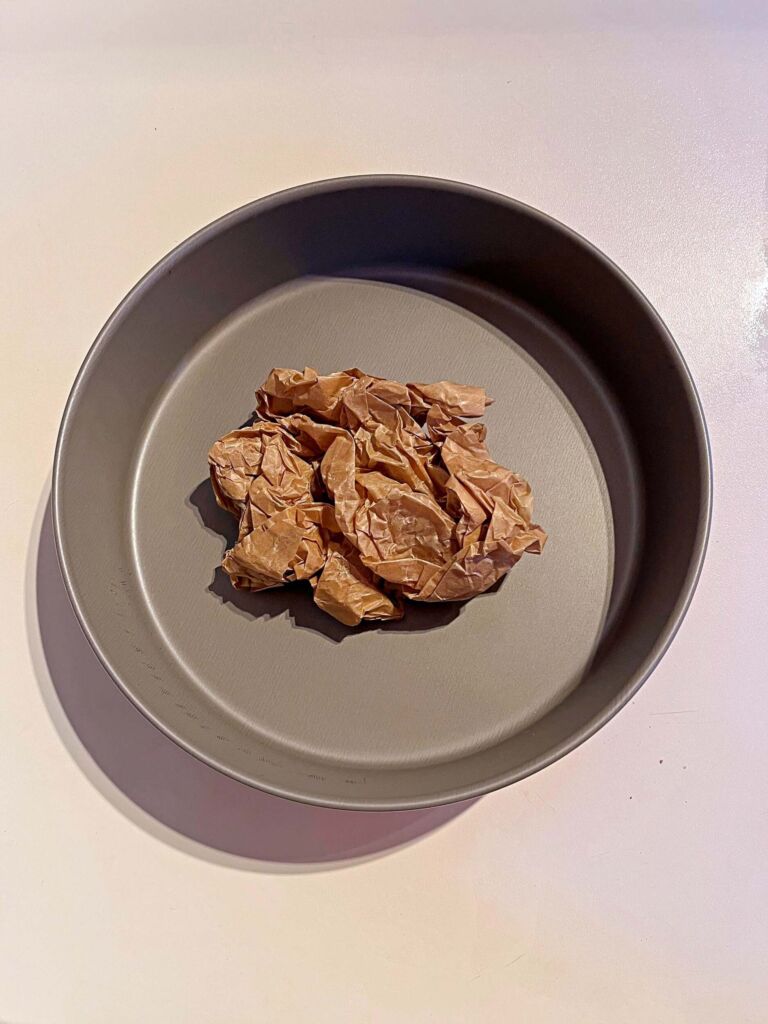
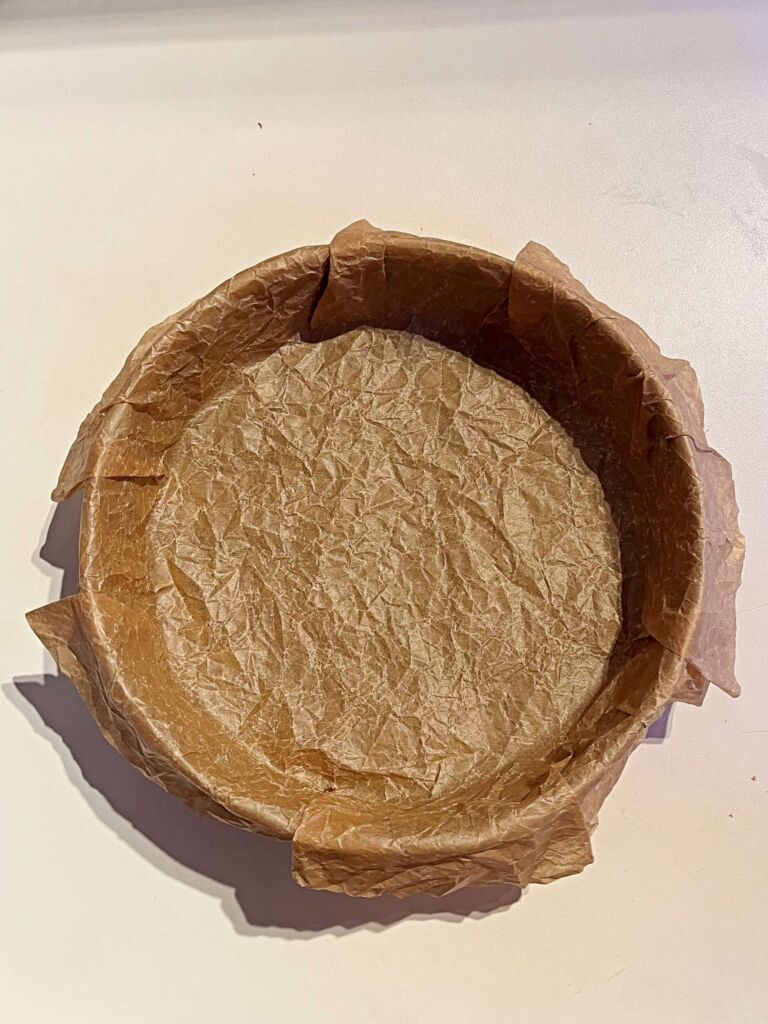
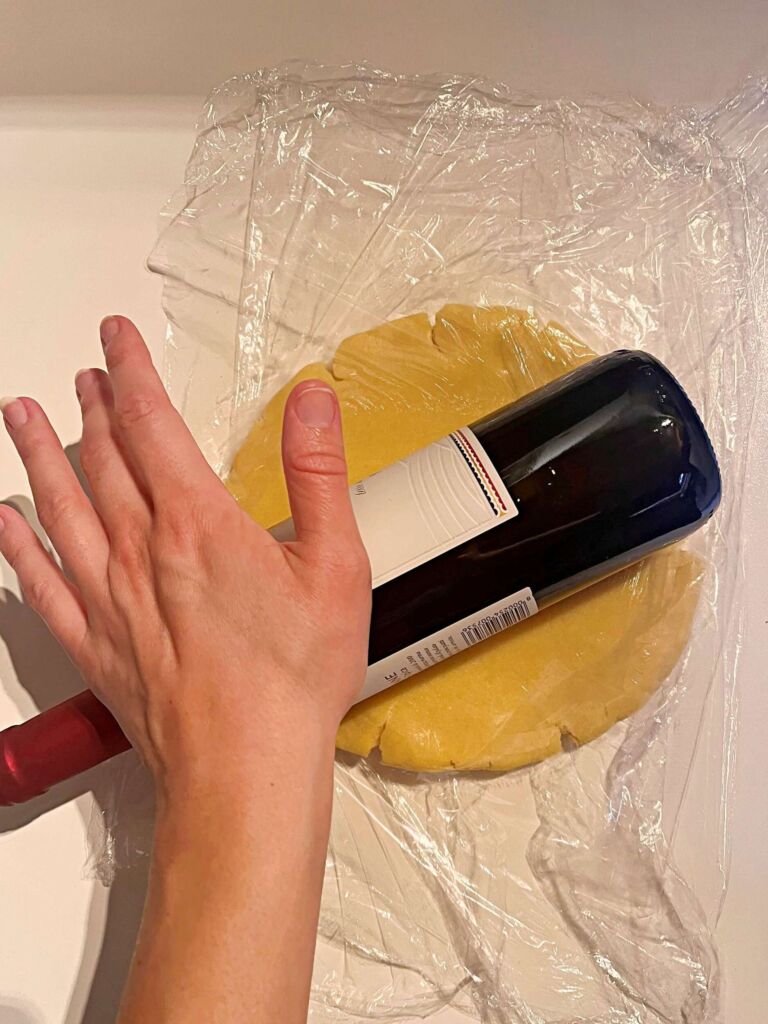
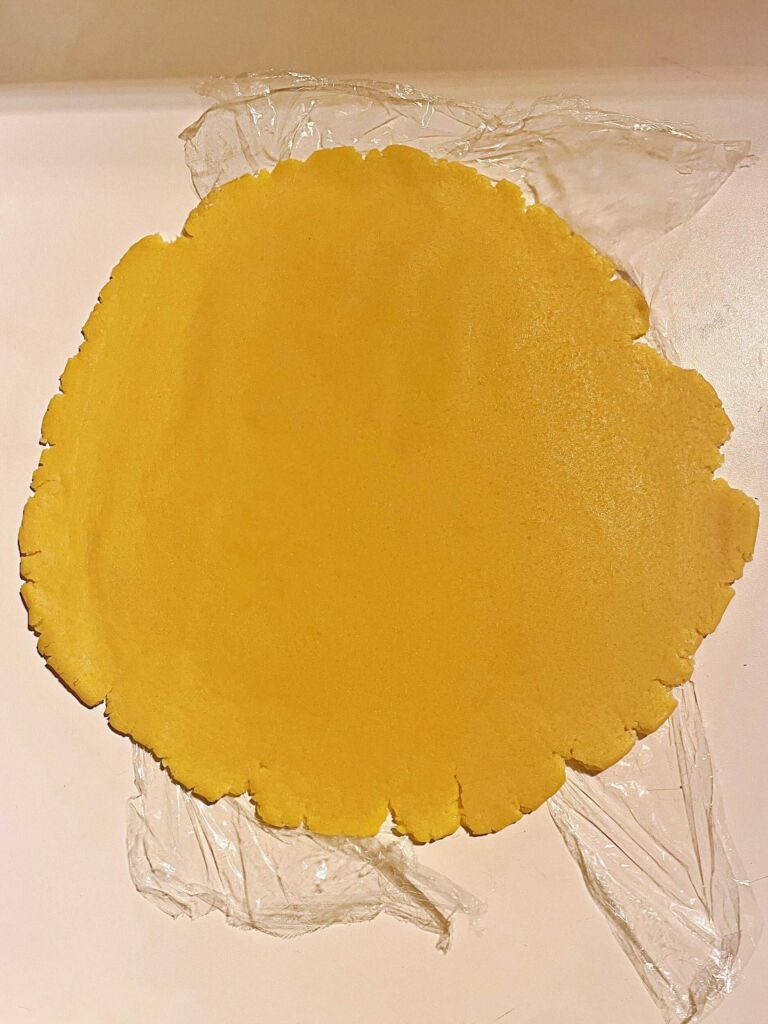
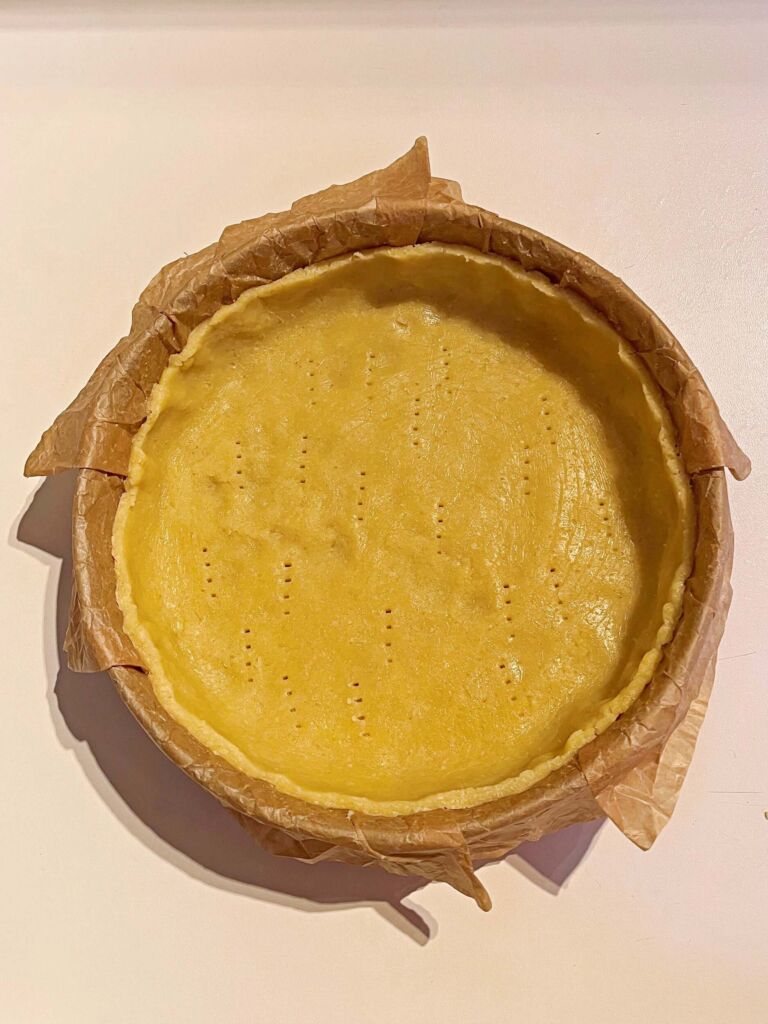
Take off the top layer of plastic, gently flip the dough into the prepared cake pan. It’s ok that the disk is way too large for the pan; it will be trimmed, and the excess dough will be rerolled out for the topping.
Nestle the disk into the pan and peel off the other layer of plastic. Using a knife, trim the dough so it comes 3-4cm up the side of the pan. Prick all over the bottom of the dough in the pan with a fork.
Pour in the ricotta filling and spread it out so it’s nice and even and smooth.
Roll out the excess ball of dough to 4mm thick and cut into strips 2cm wide. Lay them across the top of the tart in a wide diamond grid pattern. There’s no need to do a fancy woven lattice pattern. Just lay a few dough strips in one direction, and then a few more on top of those going in the other direction. In fact, mine is very rustic looking. “Rustic” is a fancy word for messy.
Trim and seal the ends of the strips to the sides of the crust.
Bake in a preheated oven for 30-35 minutes, or until lightly golden brown and filling is set.
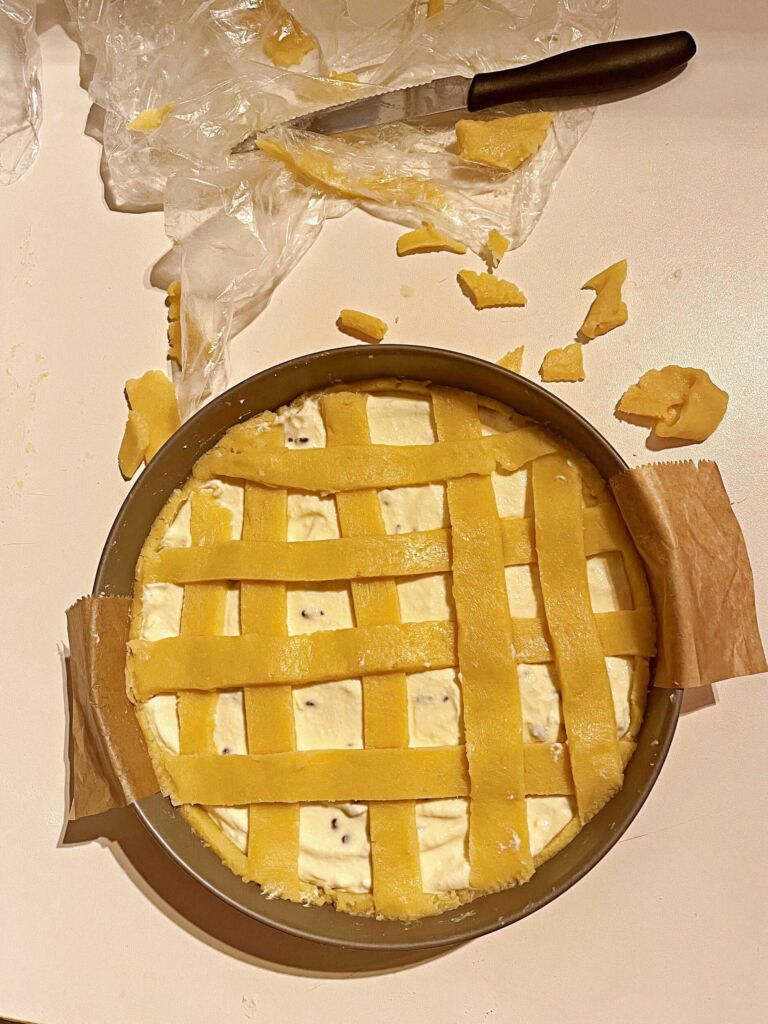
Once cooled, the crostata can be served as is or dusted with powdered sugar.
This authentic Italian crostata recipe is a beautiful homemade dessert for any occasion and the pasta frolla crust can be used with a variety of different fillings!
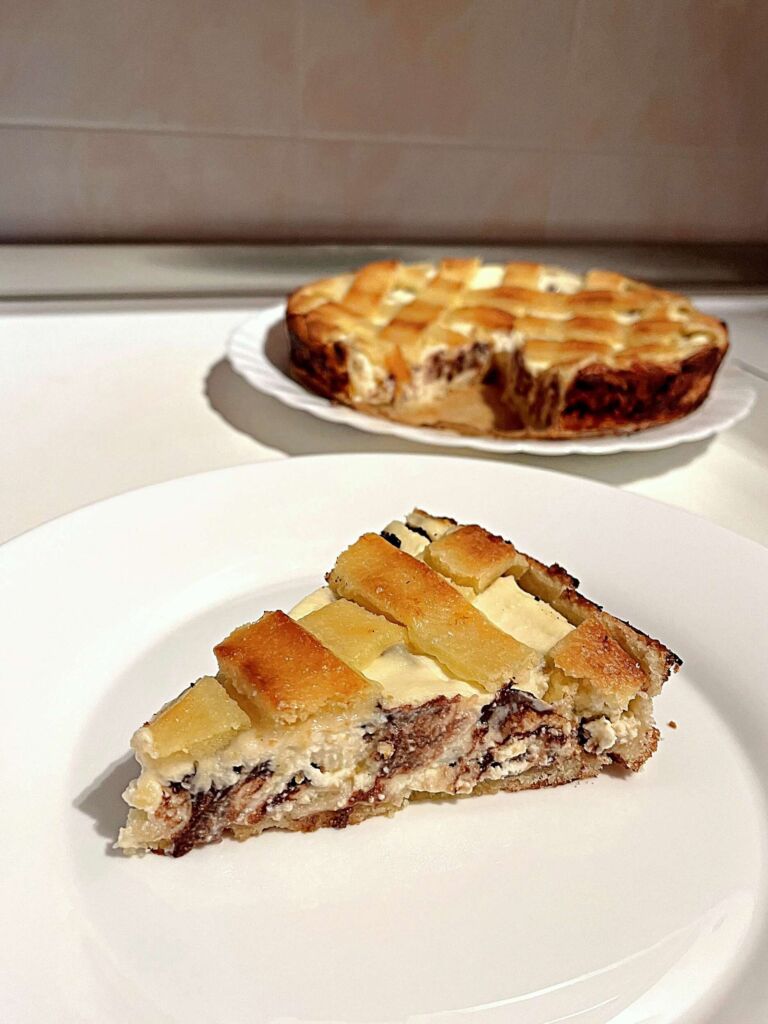
Tips and FAQs
Simple Pasta Frolla Cookies
This sweet pastry dough can be rolled out, cut with a cookie-cutter, and baked as cookies. The tops can be sprinkled with sanding sugar or sprinkles. Dust the baked cookies with powdered sugar or dip in melted chocolate for a lovely, simple option for your holiday cookie platter.
What type of pan is best to bake a crostata in?
A springform pan or tin with a removable bottom are the most convenient for crostatas and tarts because they’re the easiest to unmold. But I also use a basic round cake pan, because that is all I have.
Line the cake pan with parchment paper. Cut the parchment big enough so that it comes up the sides of the pan and overlaps the edges. This parchment sling will allow to simply lift the crostata out of the pan once it is cooled. An easy way to fit the parchment into the pan is to first crumple it up in a ball and then flatten it back out. This will make the parchment more flexible and easier to nestle into the pan.
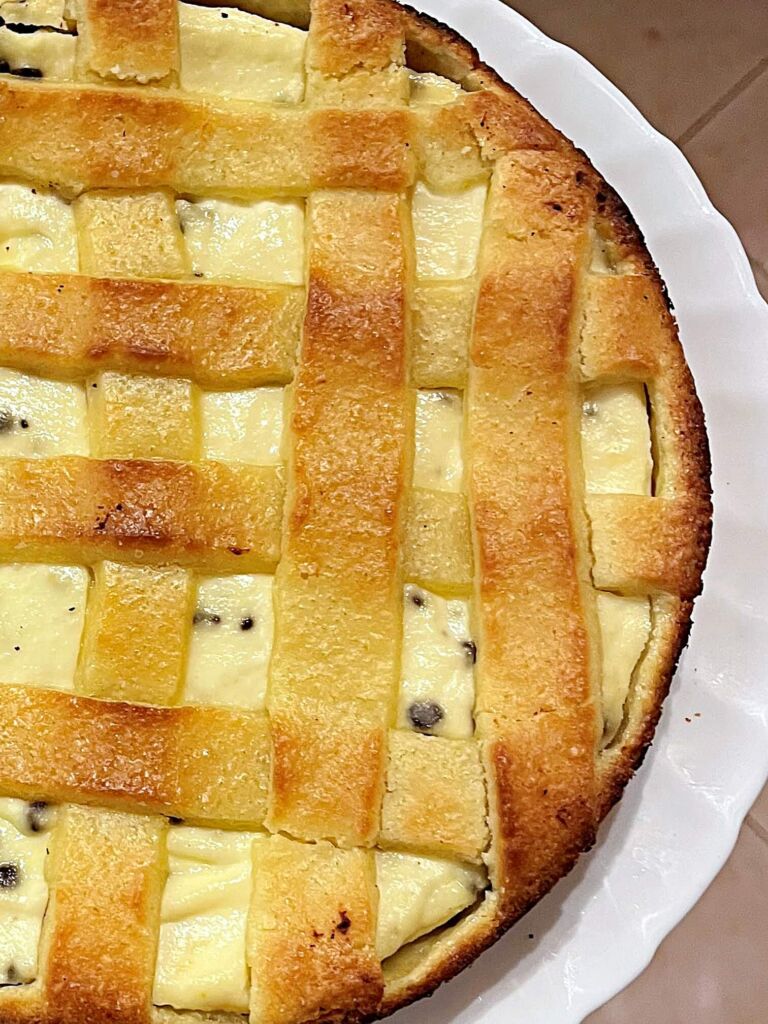
Ricotta Crostata with Chocolate Recipe
Ricotta Crostata with Chocolate
Course: Dolci8
servings30
minutes35
minutes30
minutesIngredients
- Shortcrust Pastry (pasta frolla)
250g Type 00 flour
100g sugar
Pinch of salt
125g cold butter, cubed
1 egg
Zest of half a lemon
- Filling
500g ricotta cheese
50g sugar
1 egg
Zest of half an orange
60g chocolate chips
Directions
- Pastry dough by hand
- Measure flour, sugar, and salt into large bowl.
- Add the cubes of butter, and working quickly with your fingertips so as not to warm the dough, squeeze and crumble the butter into the dough until it resembles a shaggy, pebbly texture.
- Add a lightly beaten egg and lemon zest. Continue to gently work the dough together with your fingertips until large clumps form. Transfer the dough to a board.
- Work the dough together until it becomes a compact smooth ball, and pat into a disk.
- Wrap in plastic wrap and refrigerate for at least 30 minutes or up to 12 hours.
- Pastry dough with food processor
- Measure flour, sugar, and salt into the bowl of a food processor. Pulse 2-3 times to incorporate.
- Add the cubes of butter and pulse until you achieve a sandy texture and the butter is the size of pebbles or peas.
- Add a lightly beaten egg and the lemon zest. Continue to pulse until the dough is just starting to come together and large clumps begin forming. Do not overmix. Transfer dough to a board.
- Working quickly, as to not heat up the dough, work the clumps together to create a compact and smooth ball and pat into a disk.
- Wrap in plastic wrap and refrigerate for at least 30 minutes or up to 12 hours.
- Filling and crostata preparation
- To make the filling, whisk together the ricotta, sugar, egg, and orange zest until smooth.
- Fold in chocolate chips. Keep filling in the fridge until ready to use.
- Preheat oven to 180 °C. Line a 22cm cake pan with parchment. Cut parchment large enough so it overhangs the edges of the pan, for easy removal of the crostata.
- Roll out the pastry dough between two layers of plastic until it is 4mm thick. Remove the top layer of plastic and gently flip disk of dough into prepared pan. (The disk will be much larger than the size of the pan. The excess dough will be used for the topping.)
- Remove other layer of plastic. Use a knife to trim excess dough and roll into a ball. Dough should come 3-4cm up the sides of the pan.
- Prick the bottom of the dough with a fork.
- Fill the pan with ricotta filling and level.
- Roll out the remaining ball of dough to 4mm thick and cut into strips 2cm wide. Lay across the top of the tart in a wide diamond grid pattern, trimming and sealing the ends of the strips to the sides of the crust.
- Bake in preheated oven for 30-35 minutes, or until lightly golden brown and filling is set.
- Allow to cool completely and then remove from pan. Serve as is or dust with powdered sugar.
More Recipes
Sheet-Pan Sausage Meatballs with Romanesco and Sweet Potato
Roasted Fennel with Parmigiano Reggiano Breadcrumbs
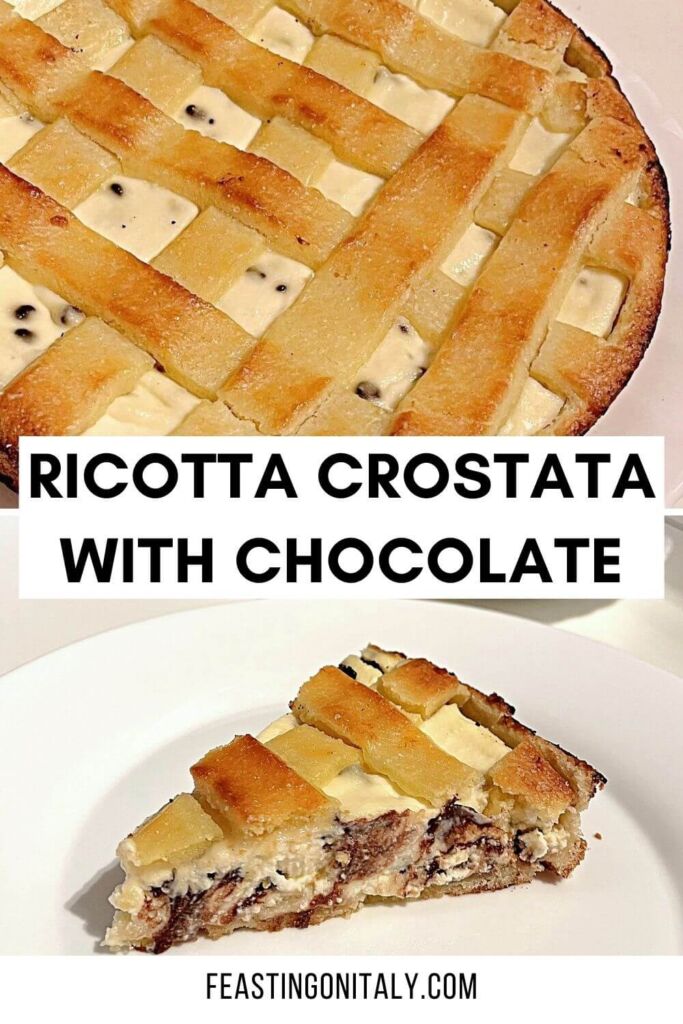
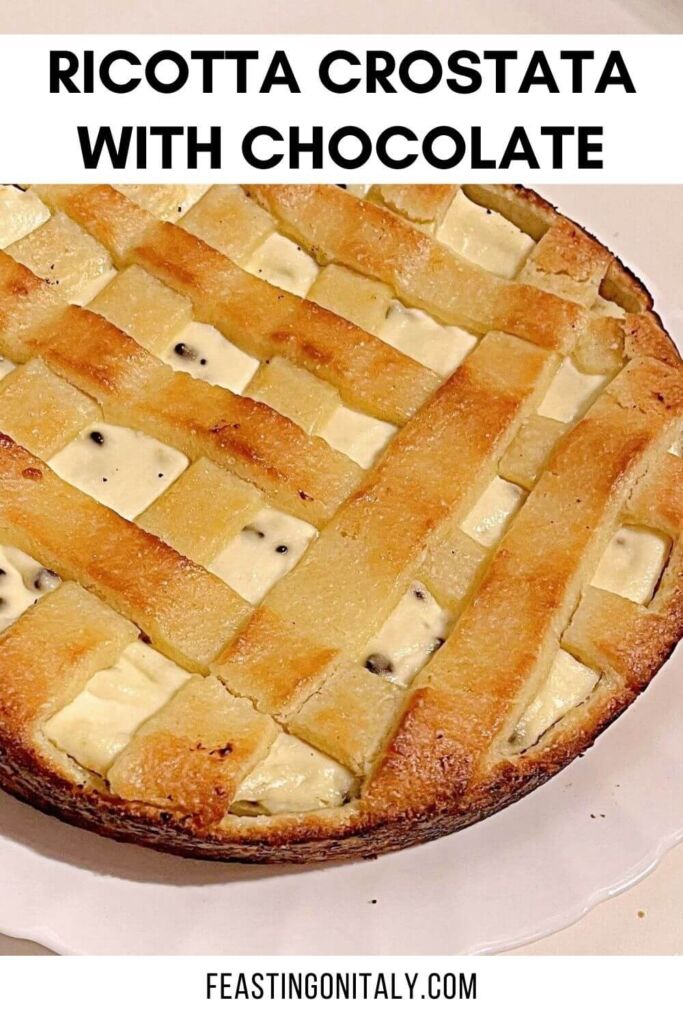


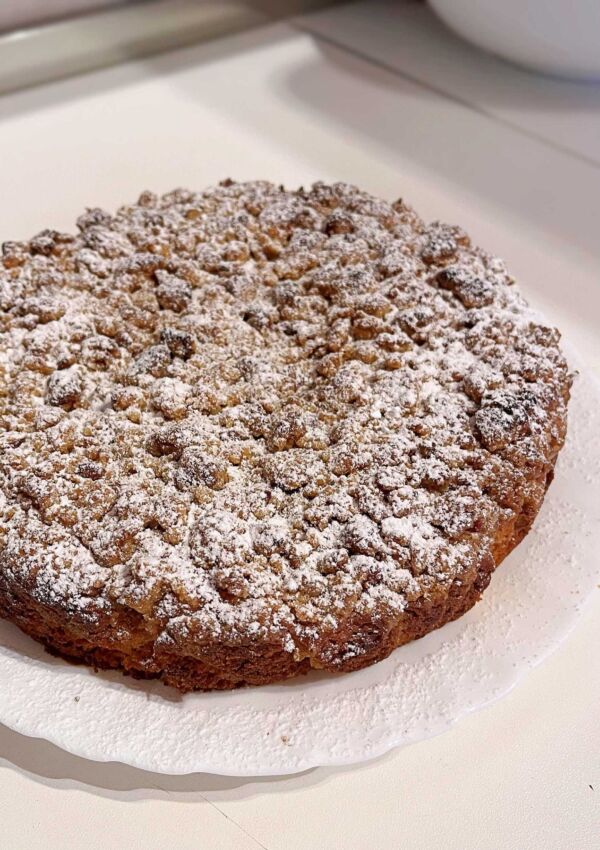
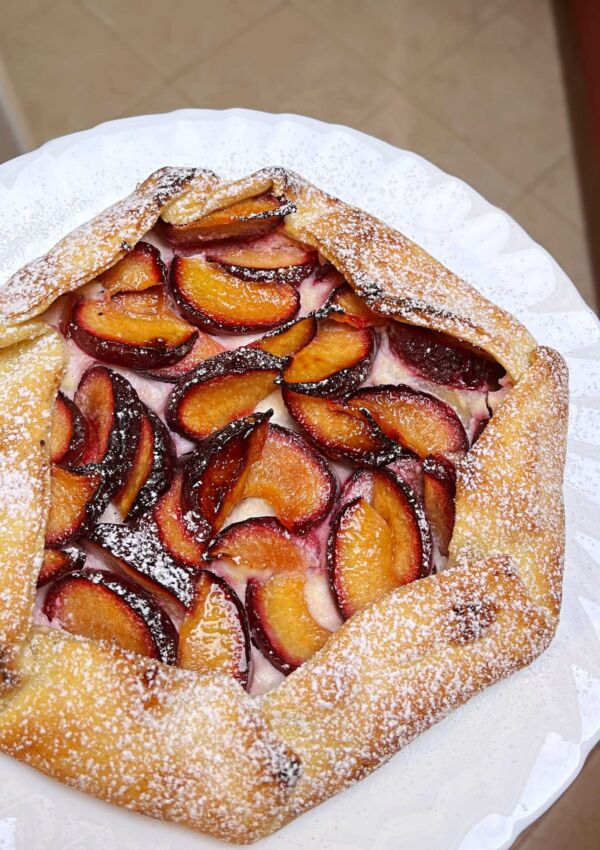
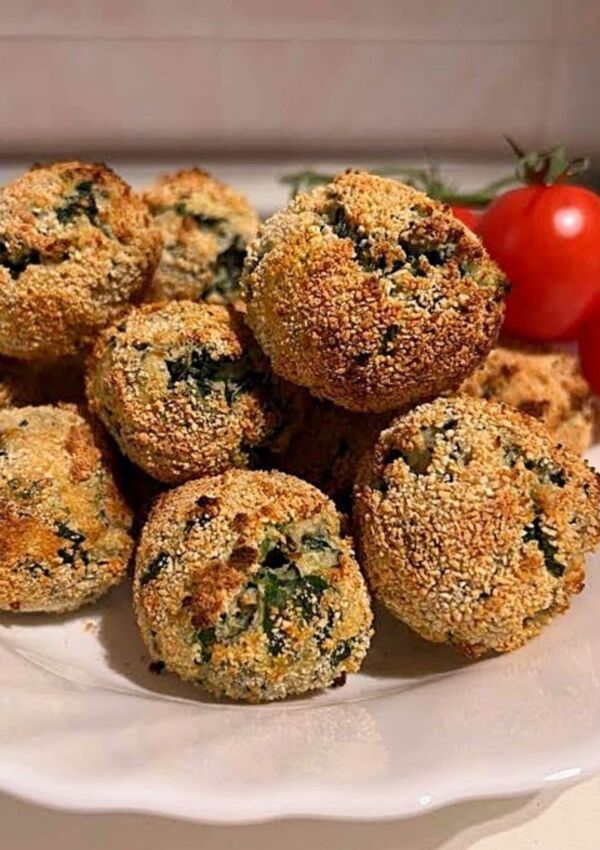

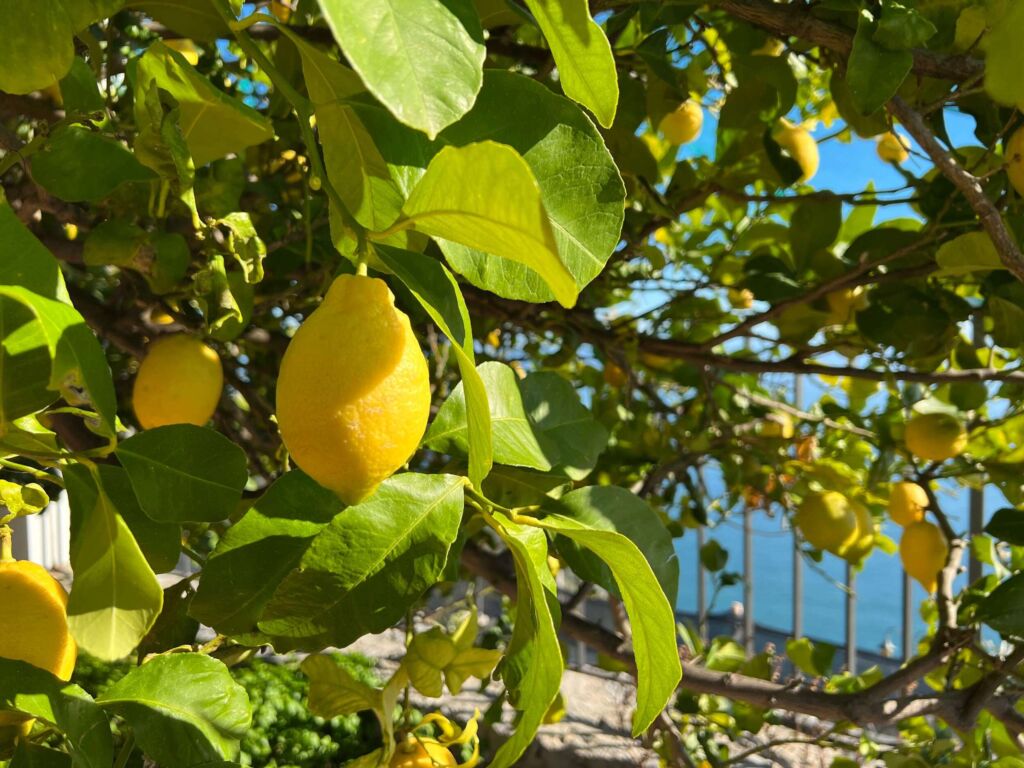
Leave a Reply
You must be logged in to post a comment.